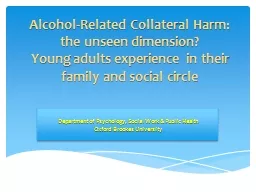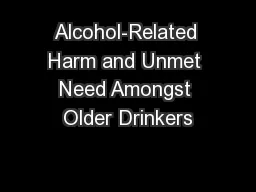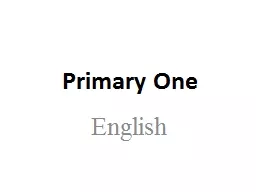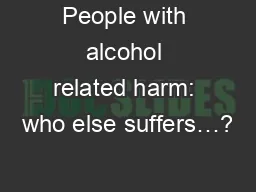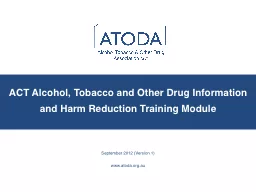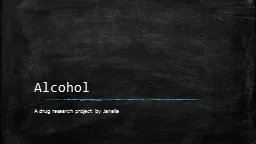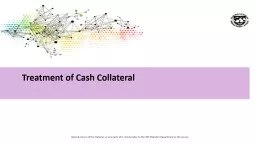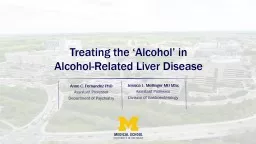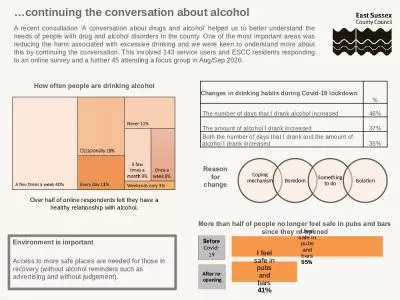PPT-Alcohol-Related Collateral Harm: the unseen dimension?
Author : sherrill-nordquist | Published Date : 2016-10-30
Young adults experience in their family and social circle Briony Enser Oxford Brookes University Presentation at the SSA Annual Symposium 2015 York 56 November
Presentation Embed Code
Download Presentation
Download Presentation The PPT/PDF document "Alcohol-Related Collateral Harm: the uns..." is the property of its rightful owner. Permission is granted to download and print the materials on this website for personal, non-commercial use only, and to display it on your personal computer provided you do not modify the materials and that you retain all copyright notices contained in the materials. By downloading content from our website, you accept the terms of this agreement.
Alcohol-Related Collateral Harm: the unseen dimension?: Transcript
Download Rules Of Document
"Alcohol-Related Collateral Harm: the unseen dimension?"The content belongs to its owner. You may download and print it for personal use, without modification, and keep all copyright notices. By downloading, you agree to these terms.
Related Documents

